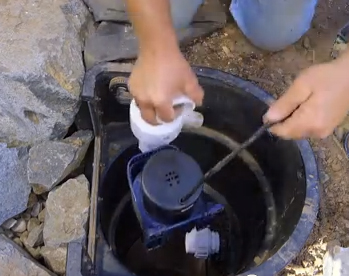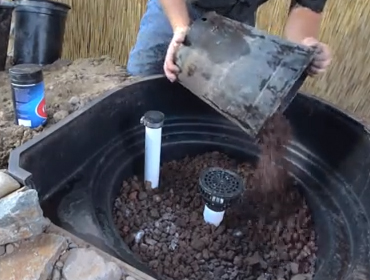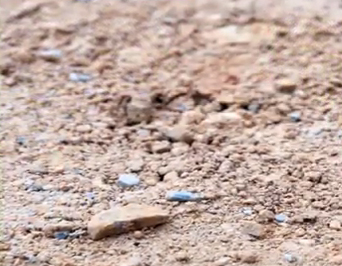ARTICLES
Advance Search
Aquatic Health
Aquatic Health, Fitness & Safety
Around the Internet
Aquatic Culture
Aquatic Technology
Artful Endeavors
Celebrity Corner
Life Aquatic
Must-See Watershapes
People with Cameras
Watershapes in the Headlines
Art/Architectural History
Book & Media Reviews
Commentaries, Interviews & Profiles
Concrete Science
Environment
Fountains
Geotechnical
Join the Dialogue
Landscape, Plants, Hardscape & Decks
Lighter Side
Ripples
Test Your Knowledge
The Aquatic Quiz
Other Waterfeatures (from birdbaths to lakes)
Outdoor Living, Fire Features, Amenities & Lighting
Plants
Ponds, Streams & Waterfalls
Pools & Spas
Professional Watershaping
Structures (Editor's Notes)
Travelogues & History
Water Chemistry
WaterShapes TV
WaterShapes World Blog
Web Links
Around the Internet
Aquatic Culture
Aquatic Technology
Artful Endeavors
Celebrity Corner
Life Aquatic
Must-See Watershapes
People with Cameras
Watershapes in the Headlines
He's Baaaaaack! Michael Phelps Returns to Competitive Swimming
Compiled and Written by Lenny Giteck Cadillac 'Poolside' Commercial Sparks Controversy, Derision
Installing a pond pump is a fairly simple process - and, as you'll see in the video linked below, represents one of my last big chances to sound off on the importance of basic pipe-connection skills. Yes, I'll admit that I'm a perfectionist and maybe a bit compulsive about making my pipe connections look right in addition to fitting right. In the operation covered here, however, there's good reason for care: If you're sloppy with glue application while installing a check valve, there's always the possibility that
There's a common misperception among designers and builders whose projects carry them beyond a pool and spa and out into the landscape: In large numbers, these professionals believe that low-voltage landscape lighting systems are perfectly safe for use in close proximity to the water. The truth of the matter is that the National Electric Code (NEC) has defined an exclusionary zone of ten feet around pools and spas for these fixtures! That's right: Even with low-voltage
As was mentioned a few episodes back, in designing this particular pond we settled on a filtration system that made the most sense for the setting and the situation - and now it's time to show you how we install its permanent gravel bed. As the video shows, it's a straightforward process of rinsing the material to get rid of as much dust as possible and doing what I can to cull any smaller-than-desired chunks of gravel that might
New Subspecies of Animal Found In Colombian Swimming Pool
I've written quite a bit - and, I think, with passion - about the need to preserve and protect our cultural heritage as it relates to watershapes (click here, for one recent example). There are plenty of grand public pools, classic fountains and even some architecturally significant residential watershapes that
In many parts of the country, it's not uncommon to encounter the unexpected when you start digging to make way for a swimming pool or some other watershape. There might be field stone, a rock ledge, a buried outcropping or even hardpan. Depending on the size, depth and extent of these stony intrusions, running into any of them can, as the video linked below suggests, take a homeowner's budget expectations and throw them right out the window. And it's not just rock that can be a hidden issue: Various types of soil can be problematic, as can the groundwater level in the
Compiled and Written by Lenny Giteck New Study: Urinating in Pools Poses Serious Health Dangers



















